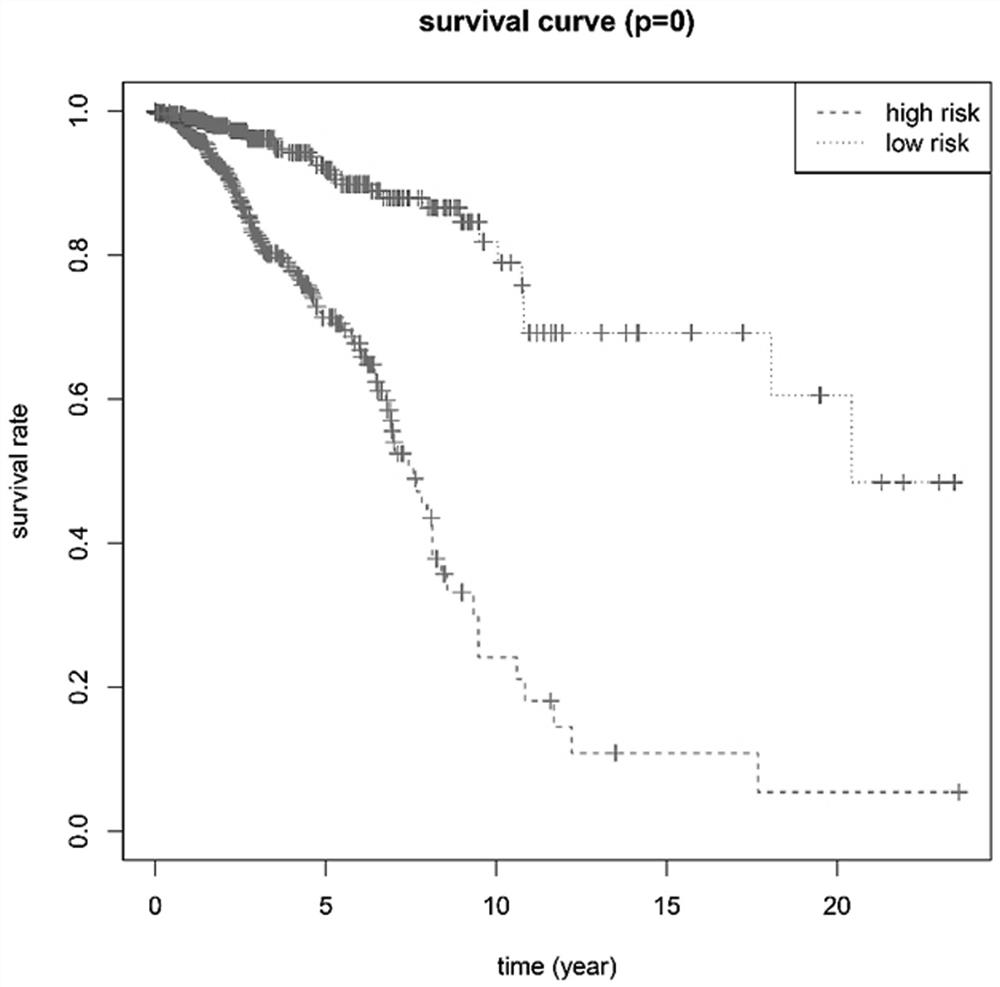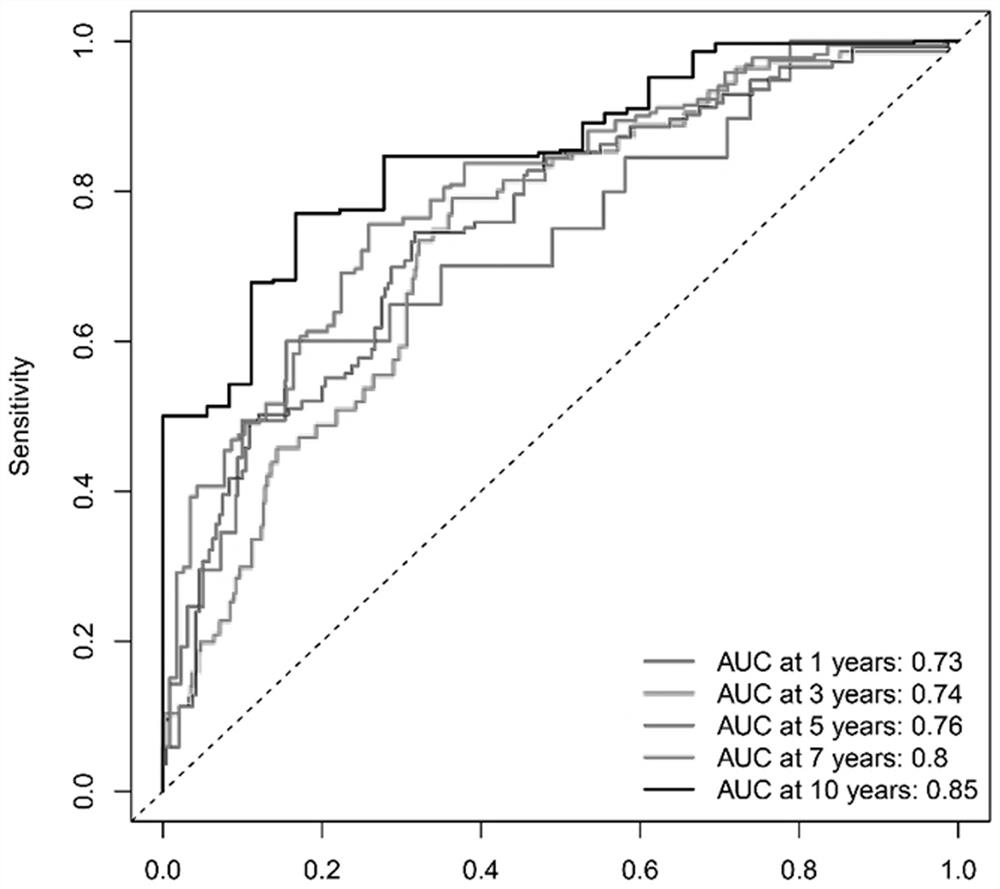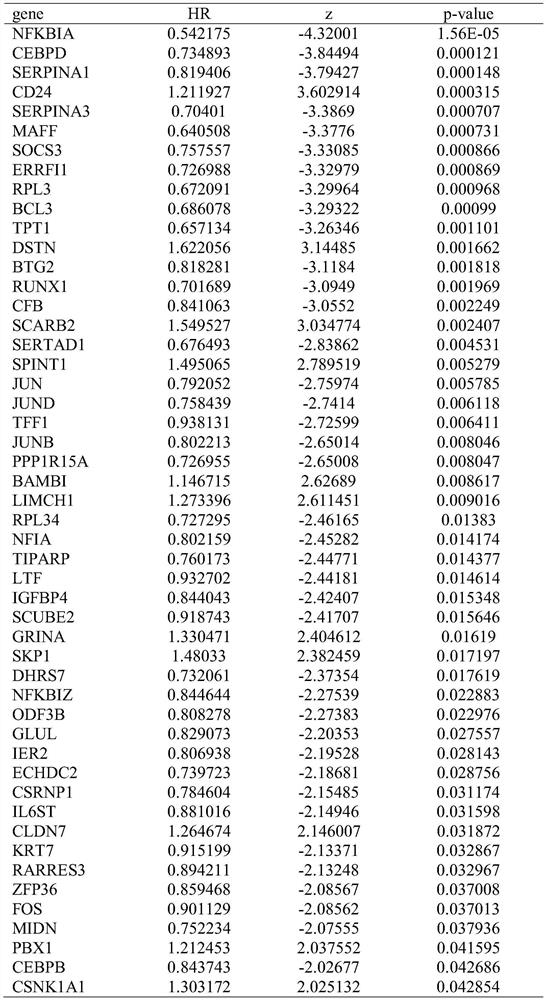Breast cancer patient recurrence risk 20 gene prediction model based on breast cancer single cell transcriptome sequencing analysis
A breast cancer and genetic technology, applied in genetic detection technology and biomedical fields, can solve the problems of lack of prompt information and indicators, lack of sufficient reference information for adjuvant treatment programs, etc., and achieve the effect of precise treatment
- Summary
- Abstract
- Description
- Claims
- Application Information
AI Technical Summary
Problems solved by technology
Method used
Image
Examples
Embodiment Construction
[0022] Describe the present invention in detail below in conjunction with accompanying drawing and embodiment, the following description is only the preferred embodiment of the present invention, it should be pointed out that for those of ordinary skill in the art, without departing from the premise of the method of the present invention, can also make Several improvements and supplements should also be considered as the protection scope of the present invention.
[0023] Example The method of using dormancy-related genes to establish a prognosis model for breast cancer patients and its application.
[0024] 1. Acquisition of dormancy-related genes.
[0025] Using the 10×Genmonics platform, through single-cell transcriptome sequencing of carcinoma in situ, metastatic lymph node tissue, paracancerous tissue, and blood of breast cancer patients, through dimensionality reduction and unsupervised clustering, combined with the expression profiles of classic genes, the immune High-...
PUM
 Login to View More
Login to View More Abstract
Description
Claims
Application Information
 Login to View More
Login to View More - R&D
- Intellectual Property
- Life Sciences
- Materials
- Tech Scout
- Unparalleled Data Quality
- Higher Quality Content
- 60% Fewer Hallucinations
Browse by: Latest US Patents, China's latest patents, Technical Efficacy Thesaurus, Application Domain, Technology Topic, Popular Technical Reports.
© 2025 PatSnap. All rights reserved.Legal|Privacy policy|Modern Slavery Act Transparency Statement|Sitemap|About US| Contact US: help@patsnap.com



